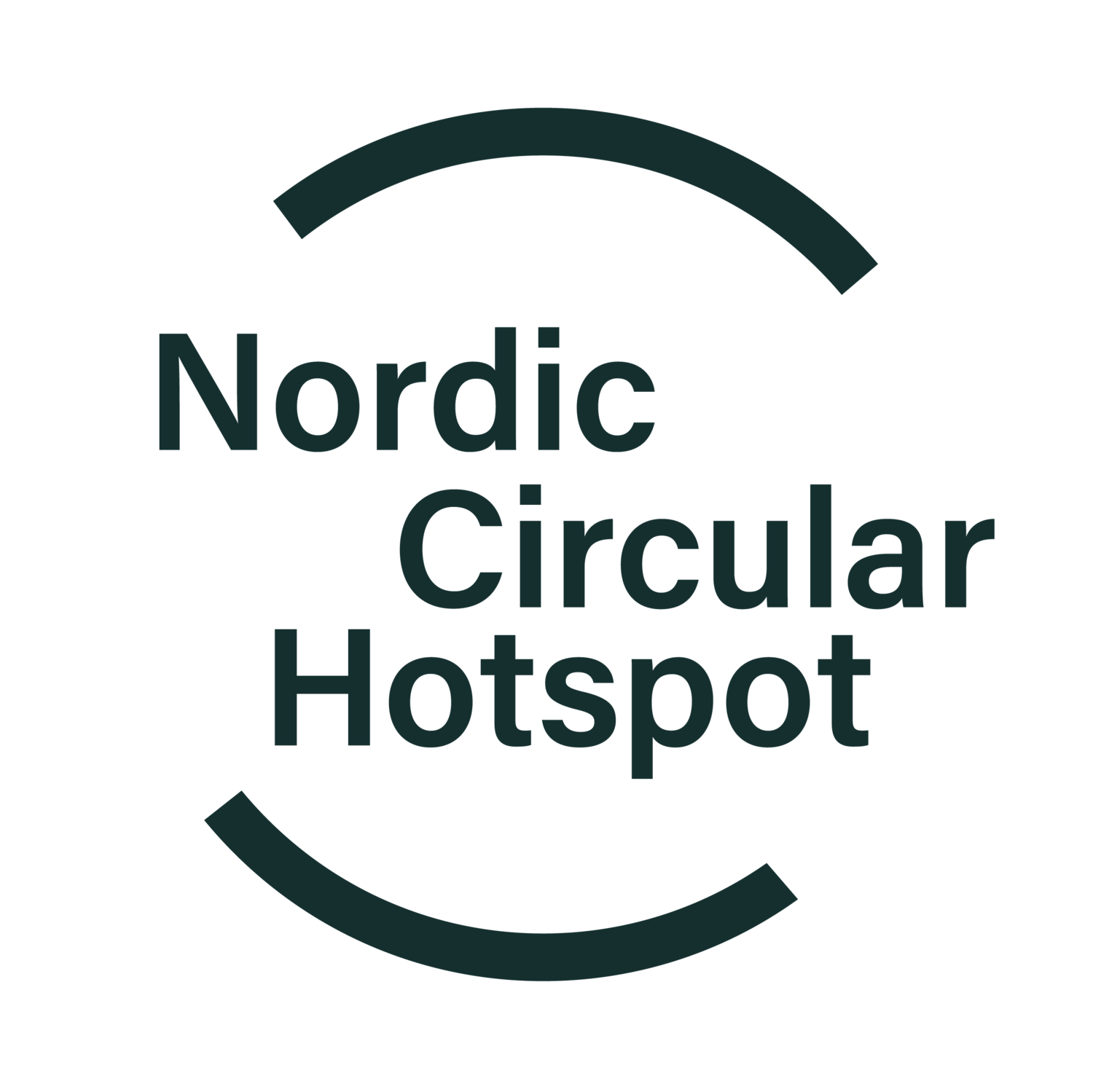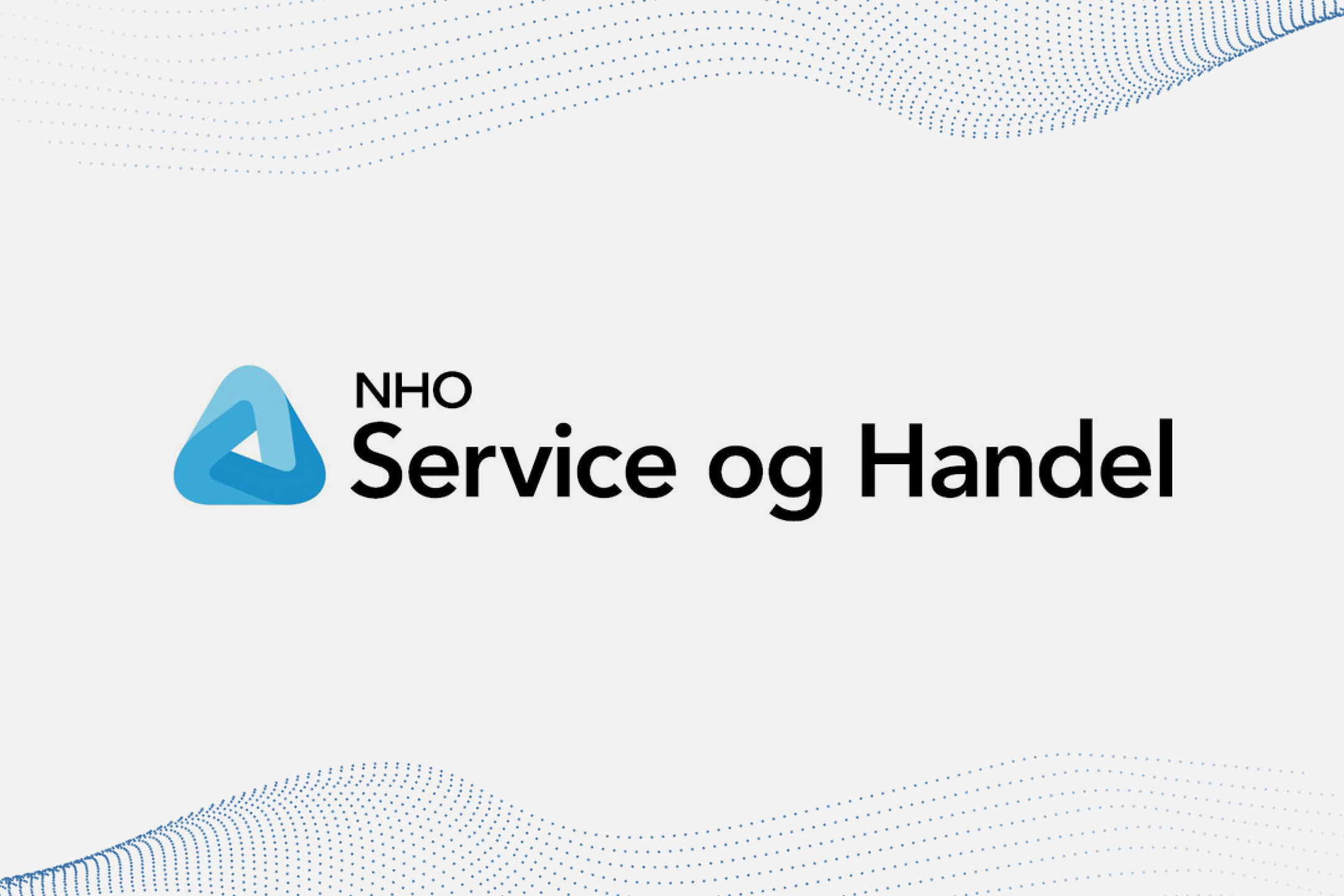It’s time to adjust our economies to work in harmony with nature
Martijn Lopes Cardozo, CEO at Circle Economy, has worked with the circular economy for many years and witnessed first-hand how the discussion has shifted from what it is and why it is crucial to how best to implement it in practice. Mandag Morgen spoke to him about his initial interest in circular economy and how to make it a reality.
How did you first discover the circular economy concept, and what did you think of it?
I have been a serial entrepreneur for most of my life. I started in digital ventures and had some success on the US West Coast. I tried to repeat the recipe on returning to the Netherlands, but it did not work out. I then took a regular job, but that did not last. I felt stuck and started thinking about what I had to give and what kind of world I wanted to leave for my children. So I decided to take up the green mantle. I began coaching young entrepreneurs in clean tech and came across the circular economy. I found the concept inspiring. Later on, I set up Black Bear, a company that extracts material from used tyres. The work made me think about the circular economy more generally. Eventually, I found my way to Circle Economy.
Why is the concept of the circular economy important?
For the last two centuries, the focus has been on human needs, based on the principle of take-make-waste. Instead, we need to adjust our economies to work in harmony with nature. The circular economy is one way of doing that.
What are the key items on the circular economy agenda?
When I was first involved, much of the talk was about why the circular economy was necessary. It was about understanding the concept and educating people. That is no longer the case. Now, official strategies and mission statements frequently include circularity, so the question has shifted from why to how. How do we make it happen? What does it look like in practice? The how is very much what we need now, and that is the focus of our work at Circle Economy.
Will there be winners and losers in the transition to a circular economy?
Transforming the economy inevitably involves winners and losers. But we need a fair and just transition for two reasons. Firstly, it will be difficult to generate the political will to make the change happen without popular support. Secondly, it is the right thing to do. Nobody should be left behind. So it is vital that we intervene, create jobs and enhance skills. Circle Economy has just launched the “Circular Jobs and Skills” programme, which maps new jobs and the need for training and upskilling.
What role will the different actors – politicians, government agencies and businesses – play in the transition to a circular economy?
For politicians, the circular economy is quite a compelling concept – voters like the idea of combining job creation and circularity. So they must pursue policies that support a circular economy and job growth, starting with a plan that involves all relevant stakeholders and puts benchmarks in place to track progress. For businesses, it is more of a race to reach net zero by 2050, so there is a lot of pressure to come up with targets. Progress in this area is increasingly being included in ESG reporting, and large mainstream investors want to see results. A lot of companies can start by switching to renewables and increasing efficiency – but it will take more than that. As we show in our latest Circularity Gap Report, anywhere between 25 and 60% of emissions, depending on the sector, must be addressed with circular strategies. In the public sector, the focus is on ensuring that circularity principles inform the procurement process. This can have a significant amplifying effect on the market, given that procurement accounts for a significant proportion of GDP.
Are you seeing a generation gap emerging in relation to the circular economy – and if so, how?
The younger generations are much more aware of the environment and climate issues. They are also highly purpose-driven. More and more of them have degrees in various forms of sustainability and know about the circular economy. They expect their jobs to help make the world a better place.
What do you think of the Nordic Region – do we have a particular responsibility in this area?
The Nordics have been frontrunners on sustainability and circularity. The Region’s green industries and governments have been taking the agenda seriously and should continue to do so. However, when we look at the numbers, there is no denying how rich the countries are and how high their levels of consumption are. For example, when we launched our Circularity Gap Report for Norway, it kickstarted a lot of reflection on the fact that the country was only 2.4% circular compared to the global average of 9%. Despite being frontrunners, the Nordics have some way to go in reaching their circular goals. We recently announced that, together with Research Institutes of Sweden (RISE), we will be measuring the circularity in the country. It would be great to do the same elsewhere in the Region and develop a circular roadmap for the Nordic countries.
What is your message to the participants in the Nordic Circular Summit?
My message would be that the Nordics are in a great position to be the global leader in the circular economy, and we want to help make it happen. Summits like this are a great way of sharing best practices. We are all on our own journeys – when it comes to the circular economy, we are all, to some extent, developing countries. We are engaged in an iterative process based on a circular perspective and seeking to bring about a massive transformation. Some things will work out, and some will not, but if we help each other, we will get there sooner, which would be hugely beneficial.
Martijn Lopes Cardozo recently spoke at the Nordic Circular Summit 2021 (November 23 - 26, 2021). The Nordic Circular Summit, co-hosted by the Nordic Circular Hotspot and Nordic Innovation, is a four-day virtual summit bringing together leaders of society, business and government to discuss opportunities, barriers and promising practices in circular innovation and how to transition the Nordic region into a circular economy. The 2021 summit had a particular focus on youth leadership and culture in partnership with the youth movement ReGeneration 2030 Foundation and the CATALY(C)ST project.













